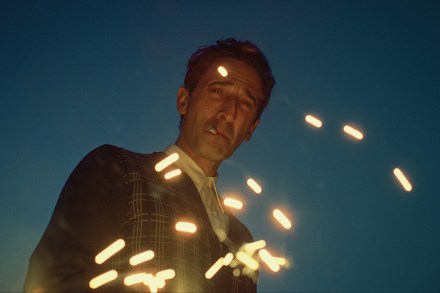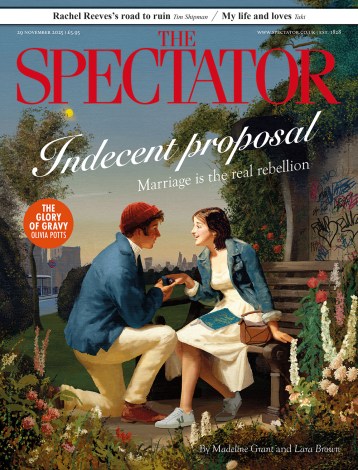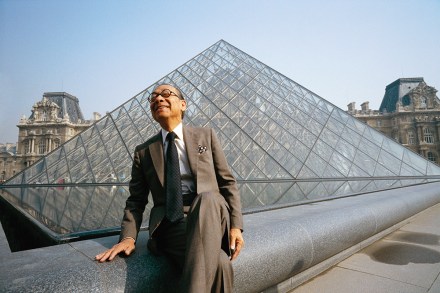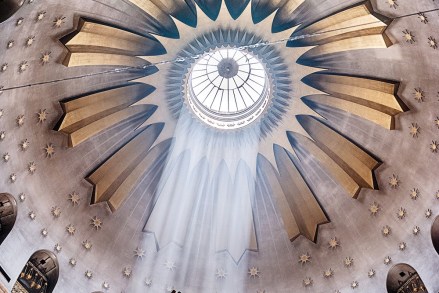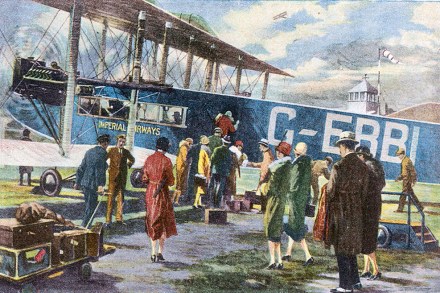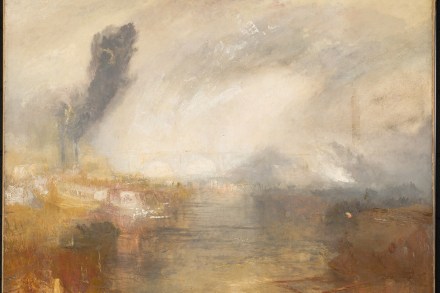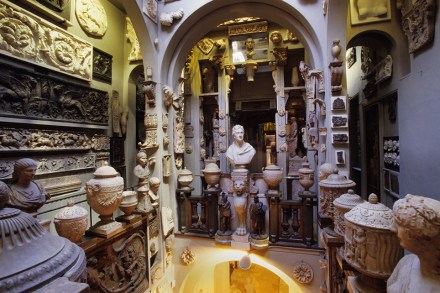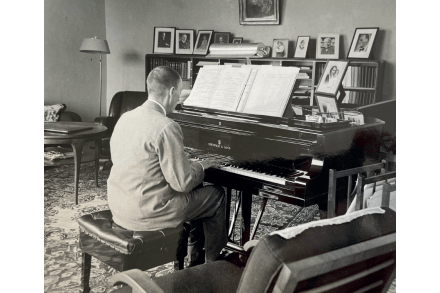It’s no Citizen Kane: The Brutalist reviewed
The Brutalist, which is a fictional account of a Jewish-Hungarian architect in postwar America, has attracted a great deal of Oscar buzz and has been described as ‘monumental’ and ‘a masterpiece’ and ‘an inversion of the American dream’ and ‘up there with Citizen Kane’. It’s three and a half hours (including a 15-minute intermission) and while the running time isn’t an issue, as it is engrossing enough, it did frequently feel familiar. What film about the American dream isn’t an inversion of the American dream? I couldn’t fathom if it had anything new to say. It felt more like classy potboiler – love! Sex! Money! Power! Raw concrete! What film
